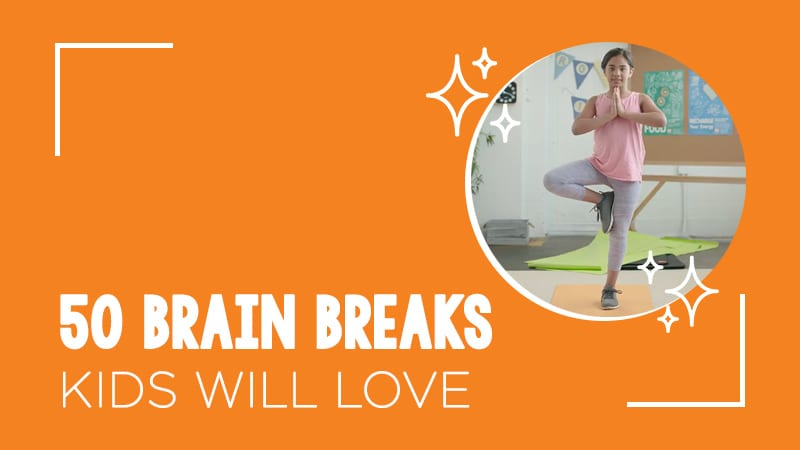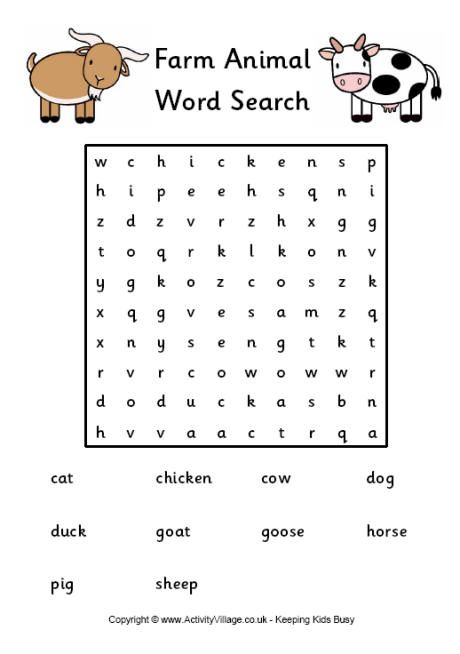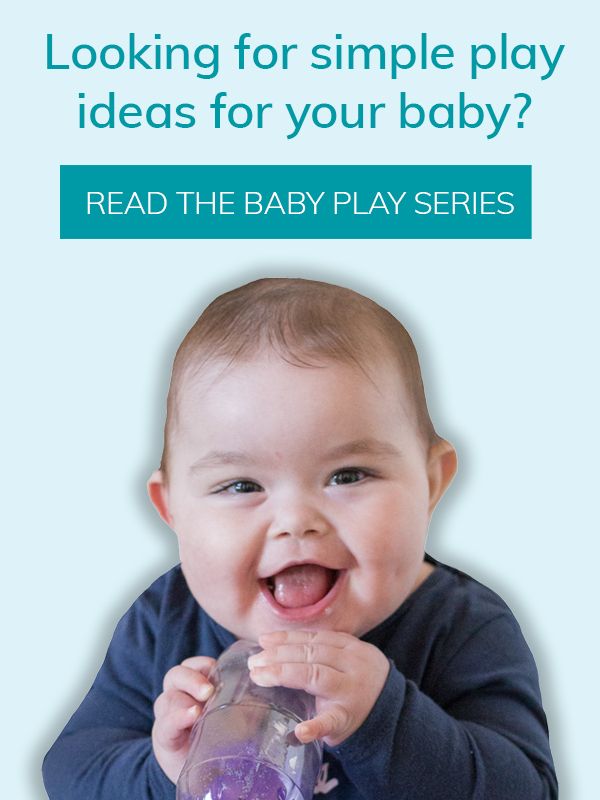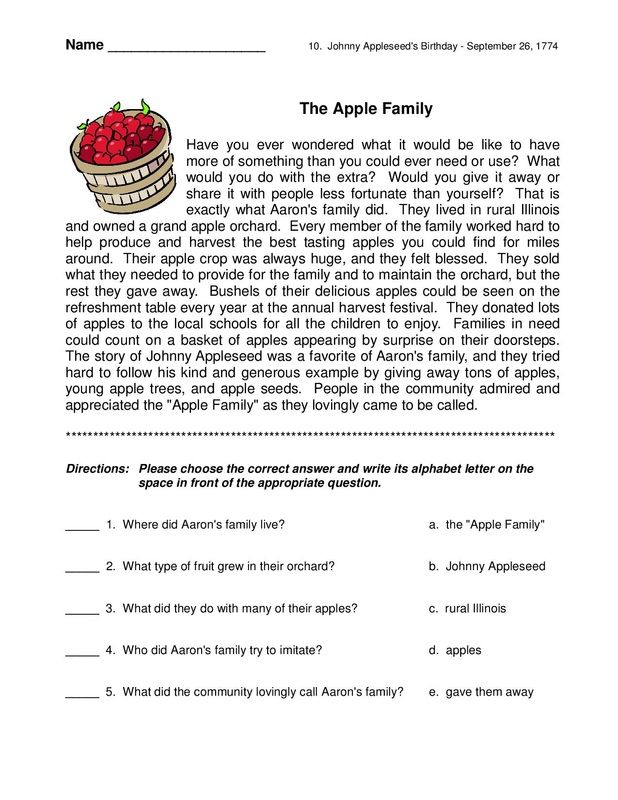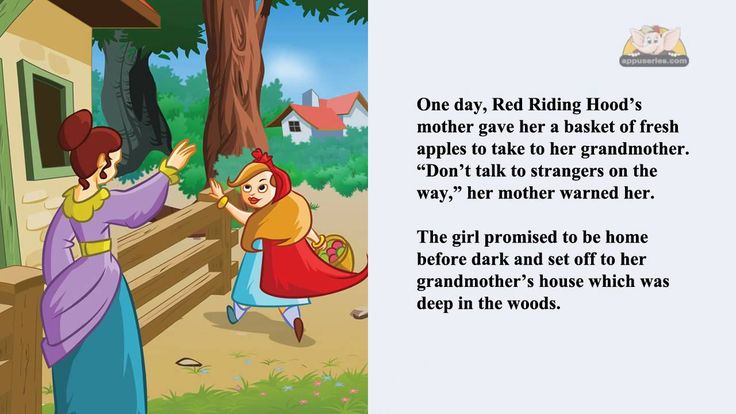Growth mindset in children
Growth Mindset in Early Learners
Do you have children in your care that easily give up when learning a new skill? Have you noticed children who get overly frustrated if they don’t see success come easy to them? What we are really asking here is if the children have a growth or a fixed mindset. A mind set is a self-belief or a self-thought that may either be positive or negative. Our mindsets are what guide our actions, reactions and behaviors, in particular to gaining knowledge and learning new skills. A fixed mindset equals fixed intelligence. People in this mindset perceive they have no way to improve themselves. A Growth mindset equals intelligence that can be developed. People with this mindset tend to work harder because they know they can improve.
Young children naturally lean toward the growth mindset as they are curious about their environment and explore and learn through all of their senses. They learn through trial and error, and incidentally as well as through modeling and teaching. I wonder at what point do people make the shift from growth to fixed mindsets?
Carol Dweck, Lewis and Virginia Eaton professor of psychology at Stanford University and the author of Mindset: The New Psychology of Success states, “If parents want to give their children a gift, the best thing they can do is to teach their children to love challenges, be intrigued by mistakes, enjoy effort, and keep on learning.”
Here, Imagination Soup outlines Five Parenting Strategies to Develop Growth Mindset and Carol Dweck’s Study on Praise and Mindsets is outlined in this short video.
At a Childcare Providers workshop I attended recently, the presenter had studied some of Dweck’s work and shared a few “trigger words” that parents and teachers can use with children.
Trigger words that stimulate mindset:
- Praising Effort
- Accepting Failures
- Ask for Explanations
- Express the Amount of work put in
- “Your Brain is Growing”
- Praise the PROCESS!
Words that discourage:
- Praising outcome
- Criticizing Failures
- Telling kids the answers
- Labeling or Judging student/work
- Telling them they “tried their best”
- Praising the PERSON
At the same workshop, I was introduced to the “Power of Yet”…
I can’t do this….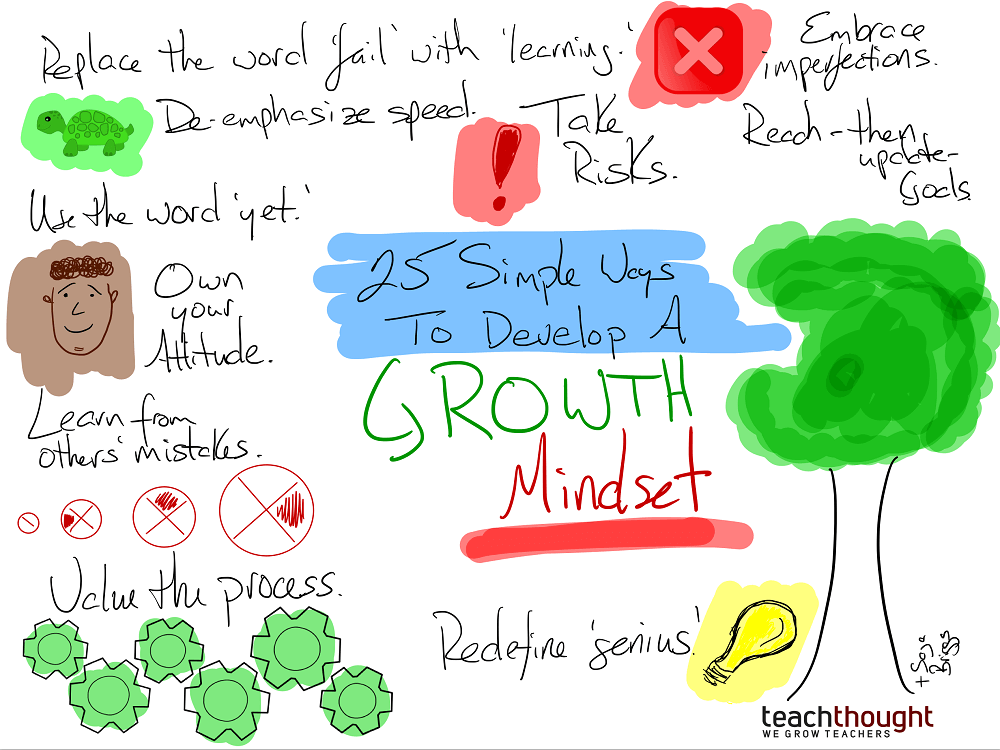 yet
yet
This doesn’t work…yet
I’m not good at the…yet
I don’t know how to….yet
Parents and teachers can support young learners in the struggle with this encouraging little word and guided questions that can lead students beyond “I can’t.”
By developing a “growth mindset”-an attitude that allows for possibilities and promotes progress and problem solving, children improve their skills for effectively solving problems every day and in more challenging scenarios (Dweck 2006).
Key Rationale and Strategies Supporting Growth Mindset
Rationale:
- Everyone makes mistakes.
- Making mistakes give us an opportunity to do things differently and to learn.
- Practice make better.
Strategies:
- Model resilience and problem solving strategies
- Give children opportunities to solve problems on their own when appropriate
- Encourage children to ask a friend to help before seeking an adult’s assistance
Check out Preschoolers Grow Their Brains from NAEYC for examples of growth mindset in action and how to set the stage for best practices in early childhood education.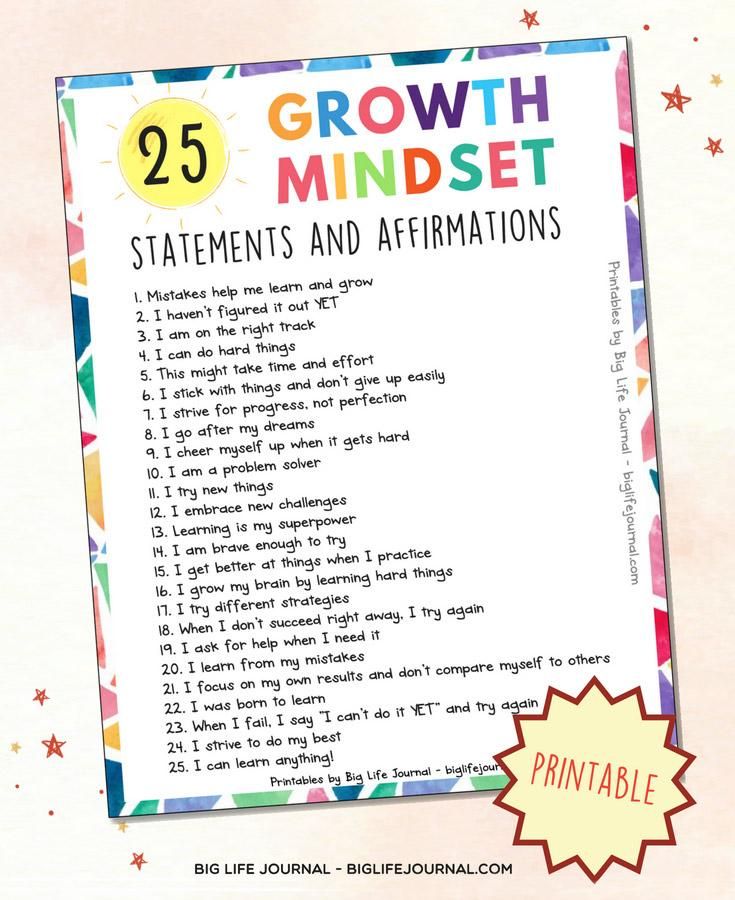
Pinterest has an endless supply of ideas and resources for teachers on creating a growth mindset classroom. And there are numerous children’s books to encourage young learners to open their minds to the power of “yet”.
Image Source: Pinterest
What are your strategies for establishing a Growth Mindset Environment in the child care setting?
LYNN DEVRIES, EXTENSION EDUCATOR | Early Childhood
How to Teach Growth Mindset to Children
Developing the right mindset early on is crucial for a successful, happy life. When children learn putting forth effort and using the right strategies can help them get better at things, they feel empowered, and try harder. When they know their brains are capable of growing, they are more confident, resilient, and not afraid to fail!
Before you continue, we thought you might like to download our FREE Your Words Matter Volume 2 Kit. With these 10 one-page parenting guides, you will know exactly how to speak to your child to help them stand up for themselves, be more confident, and develop a growth mindset.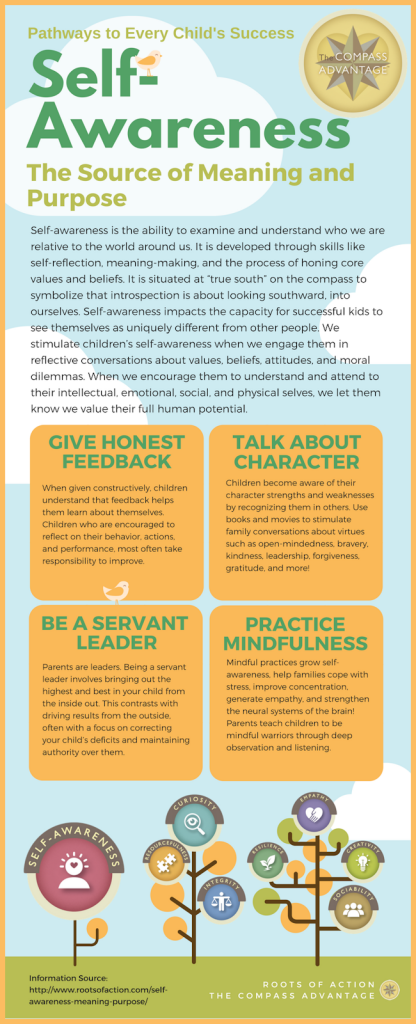
WHAT IS A GROWTH MINDSET?
We all have beliefs about our own abilities and potential. These beliefs are part of our mindset, which is so powerful they can fuel our behavior and predict our success. Mindset shapes our everyday lives, helping us interpret our experiences and future possibilities.
In her research at Stanford University, Dr. Carol Dweck identified two different types of mindsets. A growth mindset occurs when we believe our intelligence and abilities can be improved with effort and the right strategies.
A willingness to confront challenges, a passion for learning, and viewing failure as a springboard for growth are all characteristics associated with a growth mindset. Not surprisingly, this type of mindset is strongly linked to greater happiness and achievement in life.
In contrast, those with a fixed mindset believe their intelligence and abilities cannot be altered in a meaningful way. As a result, mistakes are often seen as failures rather than opportunities to grow and learn.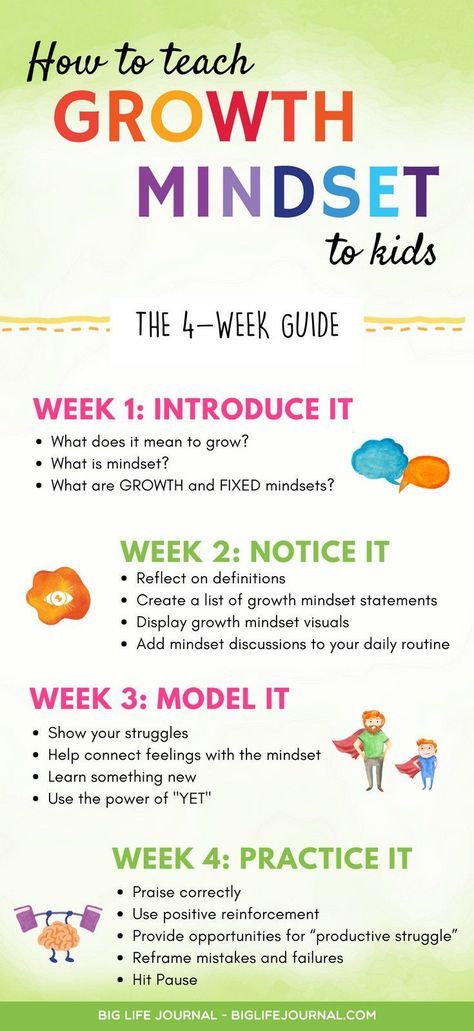 When stuck in a fixed mindset, we may fear new experiences, avoid risks, and feel the need to repeatedly prove ourselves over and over again.
When stuck in a fixed mindset, we may fear new experiences, avoid risks, and feel the need to repeatedly prove ourselves over and over again.
HOW TO USE THIS GUIDE
Teaching a growth mindset to children is not an easy task but it could become one of the greatest contributions you make toward their success and happiness.
In this 4-week guide, you will find the KEY elements for establishing a growth mindset at home or in your classroom. Each week offers a variety of suggested activities and resources, as well as suggested scripts to facilitate easy and fun discussions with your child or students.
3 STEPS TO MAKE THE MOST OF THIS GUIDE- Prepare. Some easy planning can do wonders to create a relaxed atmosphere. Be sure you have the recommended resources before you begin. Though not required, they are designed to make this process much easier for you and more fun for children.
- Set aside time. A dedicated time for the suggested activities will allow children to not feel rushed.
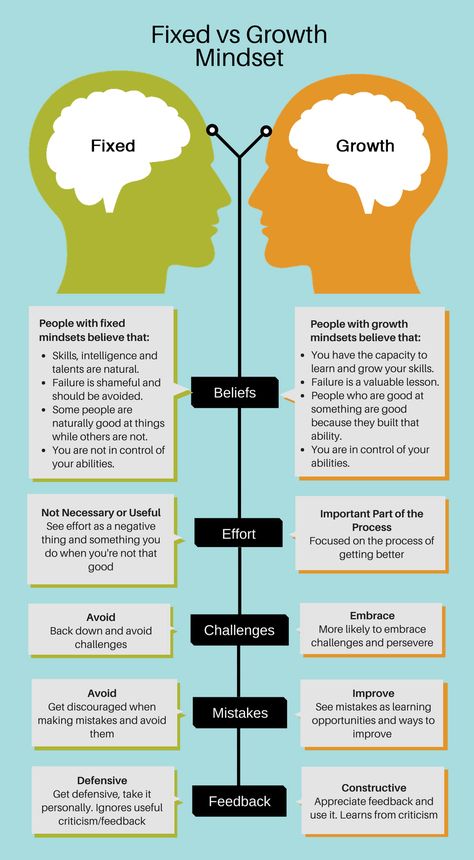 Just a few minutes a day can make a big difference.
Just a few minutes a day can make a big difference. - Spark their curiosity. When you show excitement about learning this new concept, children will be curious and will want to know why.
Developing growth mindset is a lifelong journey and this guide is designed to help you begin. When you complete this 4-week program, continue implementing everything you learned in weeks three and four. In addition, your child or students can keep working on their Big Life Journal, listening to the Big Life Kids podcast, and using our Free Friday Printables.
WEEK ONE: INTRODUCE IT
This week, children will learn about the concepts of mindset and how the two types, growth and fixed, differ. You will also discuss the BRAIN and how it can grow and strengthen in response to challenges.
As you introduce these new ideas, keeping the tone fun and light will go a long way towards engaging children.
Step 1: Build the Foundation
Have a family or classroom discussion about the following questions:
-
What does it mean to grow? What sorts of things grow? Answers will vary.
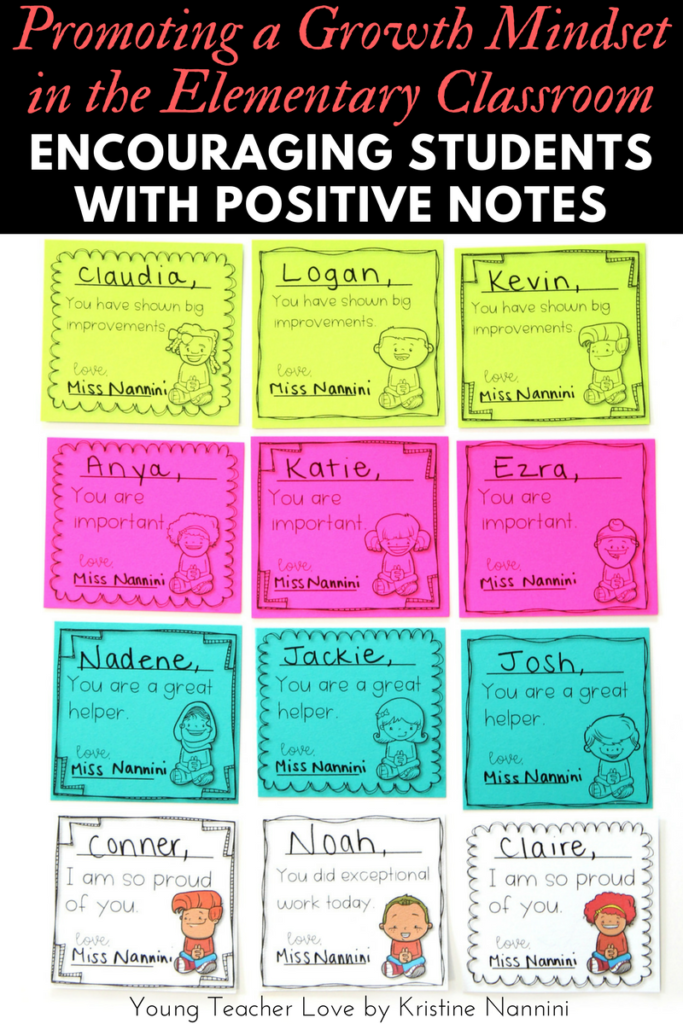 Growth means to develop, change, mature, and evolve. Living things grow - plants, animals, and people. Even our brains can grow!
Growth means to develop, change, mature, and evolve. Living things grow - plants, animals, and people. Even our brains can grow! -
When you think of the brain or minds, what do you think mindset means? Mindset is the way our brain perceives ourselves and the world. Our mindset helps us look at problems and mistakes in a positive way!
-
Let’s put those words together: growth and mindset. When we combine them, it means something really important. What could growth mindset mean? A growth mindset is believing in the power of yourself and your brain! We know our intellect and abilities develop when we try difficult things, use the right strategies, and don’t give up. So a growth mindset is when we know, with practice, we will get better at something.
-
If fixed is the opposite of growth, what does it mean to have a FIXED mindset? A fixed mindset means you think you can’t get better at things, even if you practice. Wanting to quit, giving up, or deciding we’re just not good at something are all clues we have a fixed mindset.
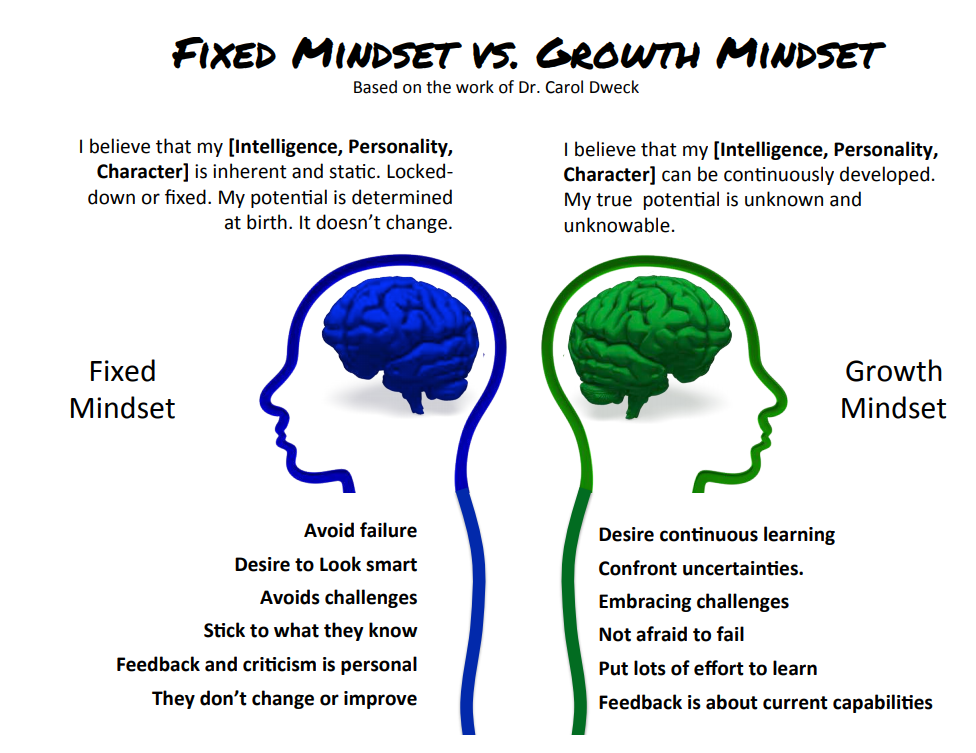
Use this mindset graphic to demonstrate and discuss the differences between the two mindsets.
Use the suggested script below to discuss mindset.
Step 2: Share Examples from Your Own Lives"Everyone in the world has a way of perceiving things. We call this a mindset. You have a mindset, your friends have a mindset, and your teacher has a mindset.
We can choose to look at the world in a way that makes us feel strong and happy, or in a way that makes us feel frustrated and weak.
People with a growth mindset know they can get better by working hard. They keep trying even when things are tough and they say things such as, ‘I can’t do this...yet’ or ‘Mistakes help me learn.’
People with a fixed mindset feel differently as if they are stuck with the way things are. A fixed mindset can happen to anyone at some time or another but it's important we choose to have a growth mindset, keep trying, and stick with challenges.
"
Share a personal story about when you were stuck and used hard work and/or help from others to overcome a challenge.
Ask your child or class to share similar examples from their lives. In the classroom, this could be done with everyone together or in smaller groups. Use the "My Mindset Journey Cards" printable (Growth Mindset Printables Kit) as a fun activity for children to gauge their understanding of two types of mindset.
Step 3: Discuss the Power of the Brain
Discuss the brain and its remarkable ability to change and grow. Use our suggested script below.
“Now that we know what growth mindset is, let’s speak a bit more about our brain and the amazing things it can do! Did you know you can grow your brain when you try new things and don’t give up when something is tough?
Learning something new is hardest the first time, but your brain behaves like a muscle and gets stronger every time things are repeated.
Let’s watch a video [see suggestions below] to help us understand this even better.”
Use the "Build a Growth Mindset" poster (Growth Mindset Printables Kit) for this step. It's a great activity for children to learn more about how their brain works and exercise their creativity.
Suggested Resources for Week One:- Growth Mindset Poster (PDF) can serve as an inspirational growth mindset manifesto.
- "Build a Growth Mindset" Poster (Growth Mindset Printables Kit) is a fun activity where children learn about the power of their brain.
- My Mindset Journey Cards (Growth Mindset Printables Kit) will help teach the difference between a fixed mindset and a growth mindset using fun daily reminder cards.
- Big Life Journal (ages 7-10). Use chapter one “Believe in Yourself” to discuss how your thoughts and self-talk can impact your mindset.
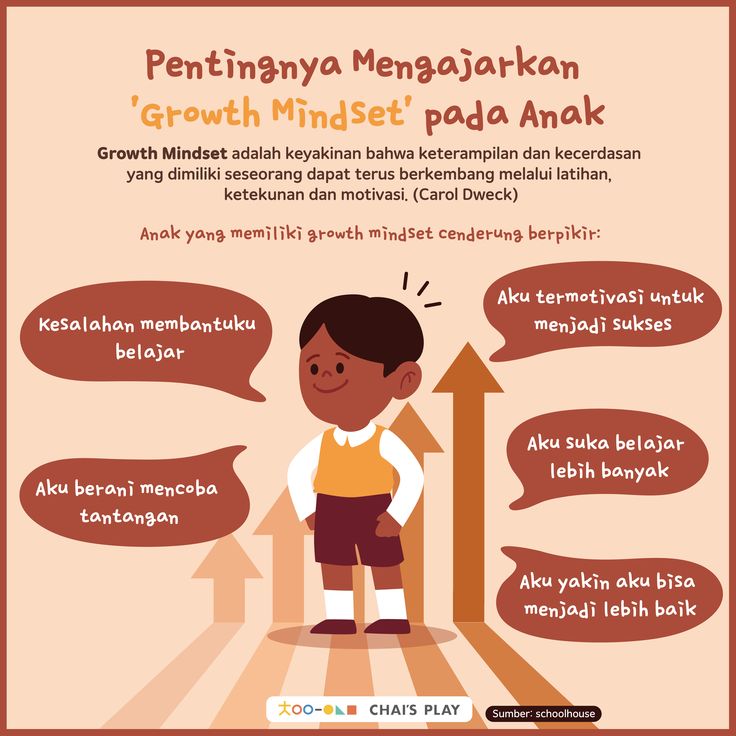
- Big Life Kids Podcast is a growth mindset podcast for children, which accompanies the Big Life Journal - 2nd Edition. Listen to episodes 1 and 2.
- Parent's Guide to a Growth Mindset (Growth Mindset Printables Kit) provides specific examples of what to say and ask to help your children develop a growth mindset.
READ
- Fantastic Elastic Brain by JoAnn Deak (ages 4-8)
- The Ultimate Guide to Praising Your Children (article for adults)
- How to Explain Growth Mindset to Children: Neuroplasticity Activities (article for adults)
- The Brain is Like a Muscle (article for adults and older children)
WATCH
- Growth Mindset Video (2.5 minutes)
- Learning and the Brain (3 minutes)
WEEK TWO: NOTICE IT
This week, you begin to identify growth and fixed mindsets in ourselves and others.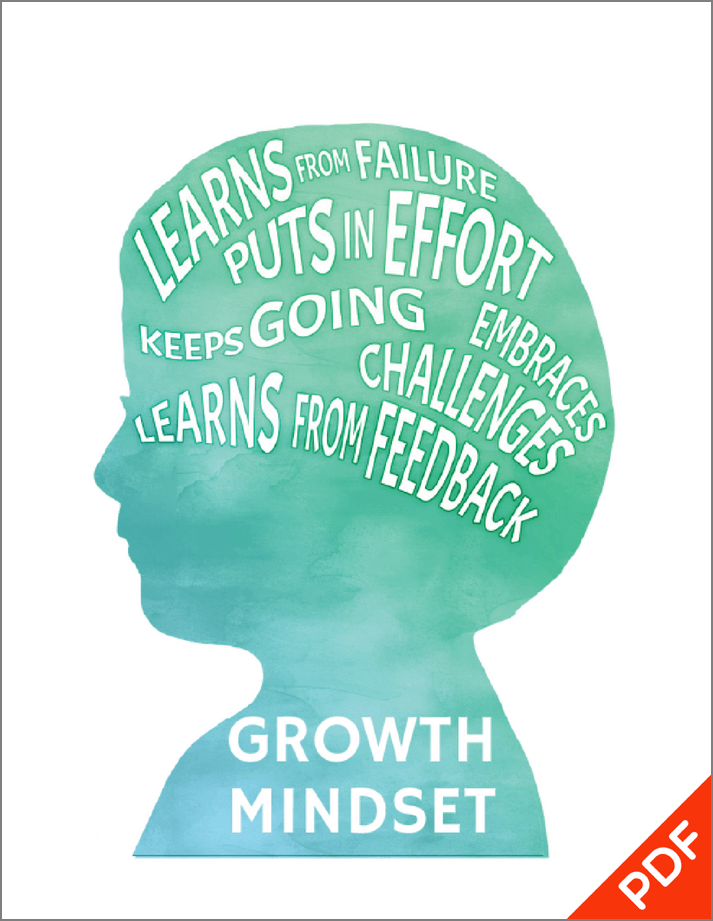 Everywhere you look, you can find examples of others either quitting or overcoming their challenges.
Everywhere you look, you can find examples of others either quitting or overcoming their challenges.
Step 1: Reflecting on Definitions
Go back to the definitions of growth and fixed mindset from Week One. Did anyone notice a time they were using either mindset? Discuss how we can change from a fixed to a growth mindset with simple words and phrases.
Use the suggested script below.
“Last week we spoke about a growth mindset and how our brains get stronger when we persist and don’t give up. Have you noticed a time you had a growth mindset in the last few days? Did you feel your brain growing? What about a time you felt stuck?”
This week, complete the 5-Day Growth Mindset Challenge (Challenges Kit) to help children solidify the concepts (join them as their challenge buddy). Designed for all learning styles, this challenge includes fun activities such as matching games, word search, and filling in the blanks.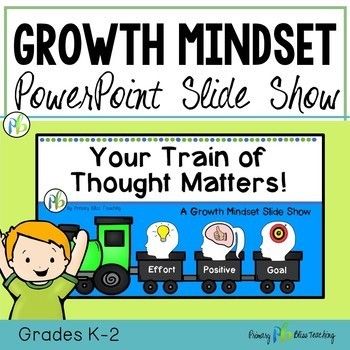
Step 2: Practice Switching from a Fixed to Growth Mindset
Ask your child/class to think of some FIXED mindset phrases commonly used at home or anywhere else (“I am not good at this”, “I can’t do anything right”), and write them down.
Next, create a list of alternate phrases that reflect a growth mindset (“I’m not good at this yet”). Above the fixed mindset column, write “Instead of” and on the Growth mindset column, “I Can Say…”
Use the suggested script below.
“Let's think of things we say when we're stuck in a fixed mindset and write them down. We can then come up with other words to switch from the fixed mindset into a growth mindset. I'm sure we can come up with lots of good ideas!”
Use the My Growth Mindset Statements printable (Growth Mindset Printables Kit) as a guide for this step. Cover the area under “I Can Say” and only show underneath where it says “Instead of. ”
”
Ask your children how they can change each statement from negative to empowering. For example, you could ask, “What is a better way of looking at a situation?”
Step 3: Display Visuals as Everyday Reminders
Display visuals around your home/classroom as regular reminders of new vocabulary and ideas. Have the child/class locate their favorite spots to hang posters and refer to them frequently throughout the day.
Then, when you hear a child making a fixed mindset statement, you can simply point to a poster and have them read it (or read together).
You can use our printable Inspirational Posters Bundle (PDF). A convenient bundle of inspiring posters with growth mindset messages for kids, tweens, and teens.
Step 4: Discuss How Growth Mindset Looks, Feels, and Sounds
Set aside at least several minutes to discuss how growth mindset can be easily included in your everyday lives.
Use the What Success Really Takes poster (Growth Mindset Printables Kit) to remind your family or class that success is like an iceberg.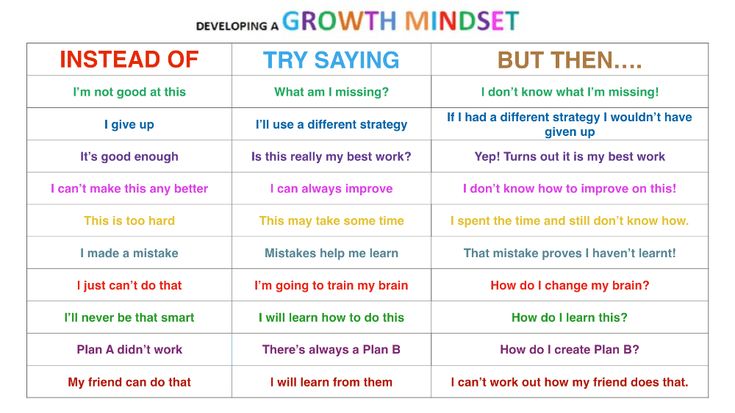 Most people only see the great outcome, the tip of the iceberg. But, what success really takes lies beneath the surface. Use the blank poster to write everything your child is working on to help them achieve their goals.
Most people only see the great outcome, the tip of the iceberg. But, what success really takes lies beneath the surface. Use the blank poster to write everything your child is working on to help them achieve their goals.
In school: Consider how growth mindset LOOKS, FEELS, and SOUNDS in class and use the printables Growth Mindset A-Z Poster (Growth Mindset Printables Kit) to write down everyone’s ideas. Make Growth Mindset Guide one of your classroom jobs.
Step 5: Use Book Characters
Identify growth and fixed mindsets in favorite books characters. Pay attention to how the characters FEEL depending on their mindset and discuss ways persistence, love of learning, and resilience are portrayed.
Point out when a character shifts from a fixed to a growth mindset too.
Use the suggested script below.
“In so many of your favorite books, the characters are learning to have growth mindsets too.
Let’s pick one now and try to find all the ways we see it happening!”
Make the Growth Mindset Bookmarks (Growth Mindset Printables Kit) as a fun activity for children to practice noticing growth mindset characters in books.
Suggested Resources for Week Two:
- 5-Day Growth Mindset Challenge (Challenges Kit) will help your child practice growth mindset concepts and vocabulary.
- Inspirational Posters can be hung up in a bedroom or a classroom.
- My Growth Mindset Statements (Growth Mindset Printables Kit)
- What Success Really Takes (Growth Mindset Printables Kit)
- Growth Mindset Bookmarks Activity (Growth Mindset Printables Kit)
- Big Life Journal - use chapter two “Mistakes Help You Grow” to discuss how mistakes are just opportunities to learn and grow.
- Big Life Kids Podcast - listen to episodes 3 and 5 (they accompany chapter two of the Big Life Journal).
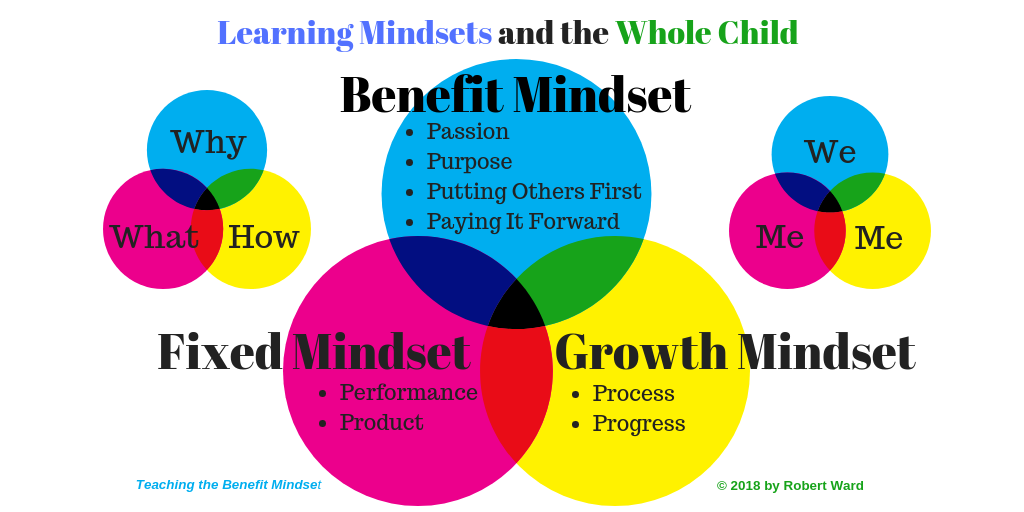
READ
- Top 85 Growth Mindset Books is a list of our favorite and most popular books for you and your children!
- Empowering Self-Confidence Affirmations
WATCH
- Top 50 Growth Mindset Movies for Children is a list of good movies with characters who demonstrate a growth mindset, grit, perseverance, courage, and determination.
WEEK THREE: MODEL IT
Your ability to MODEL a growth mindset can make the difference between a child understanding the concept and actually living it. Let them see your growth mindset in action.
Step 1: Share Your Experiences
Be honest when something is difficult for you. Tell children when you’re discouraged, share your fixed mindset thoughts, and brainstorm solutions out loud. Show them we’re ALL learning this growth mindset thing together!
The Big Life Journal Daily Edition is a great connection tool which provides opportunities for discussions and experience sharing.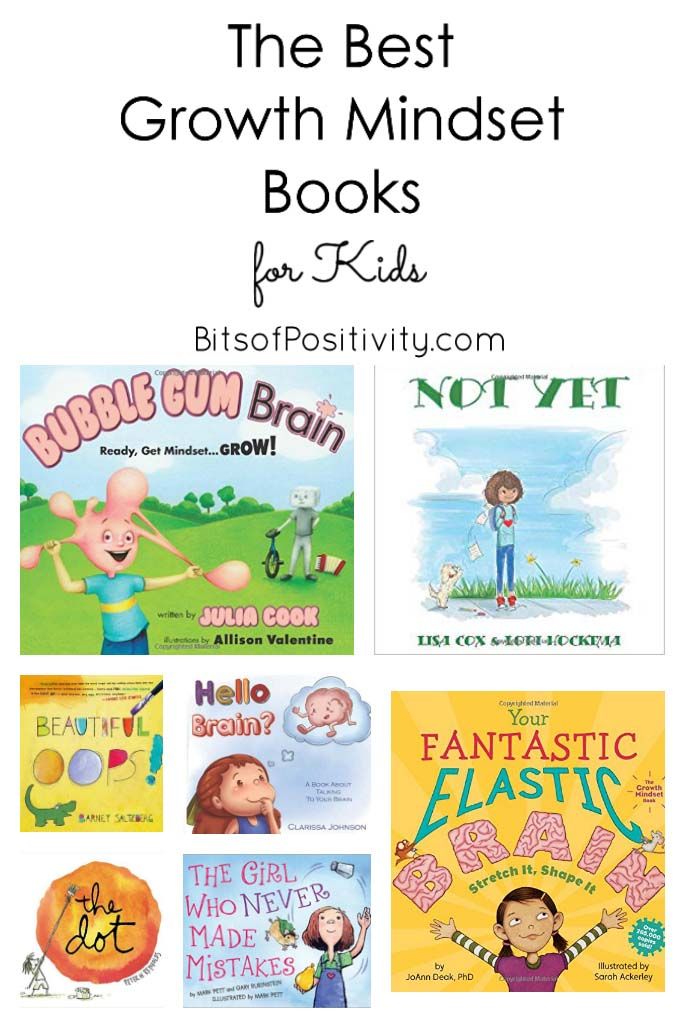
Use the What Happens When Someone Has a Growth Mindset poster (Growth Mindset Printables Kit) to discuss which of the benefits you have already experienced yourself since you began your growth mindset journey.
Step 2: Discuss Feelings
Discuss how positive feelings such as satisfaction, contentment, and happiness come from persisting through challenges and not giving up when it gets difficult.
When stuck in a fixed mindset, share how you felt sad, anxious, or even hopeless. Negative feelings happen to everyone and are perfectly normal. At the same time, they may serve as clues you need to shift your thinking and attitude.
You can use the Feelings Bingo (Emotional Intelligence Kit). A fun spin on a classic all-time favorite game! Use the Feelings Spinner to play with the bingo. The Feelings Ice Cream poster will help you identify similar feelings so you can cross them out and win the game.
Step 3: Set a New Goal
Set a personal goal to learn something new and share your learning process with your child or students.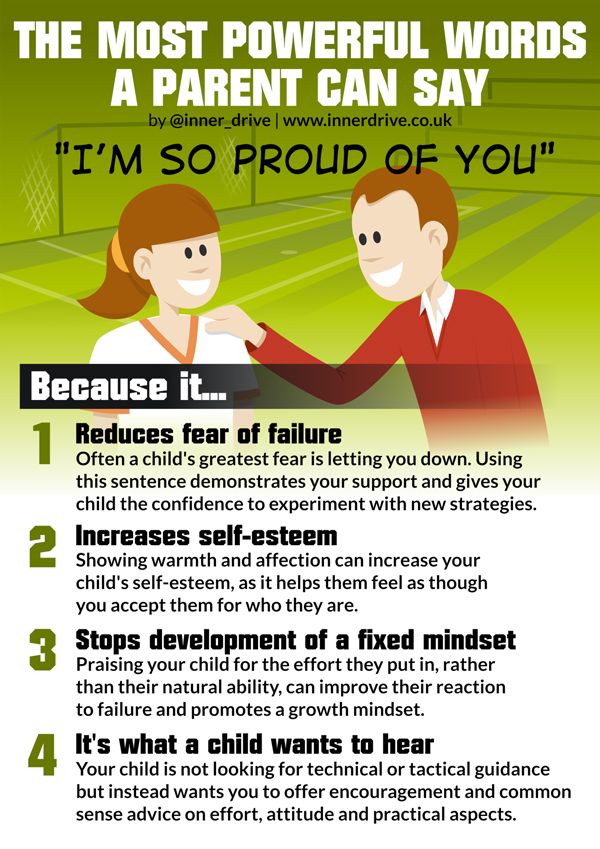 How did you feel at the start? What can you do to be certain you don’t give up before achieving it? Review ways children can set and meet their own goals.
How did you feel at the start? What can you do to be certain you don’t give up before achieving it? Review ways children can set and meet their own goals.
Step 4: Use the Power of Yet
With one simple word, any fixed mindset phrase can be transformed into a statement of hope. “I can’t do this...yet.” It’s all about the FUTURE, and not giving up until we get there.
Make a “YET” bulletin board or designate a wall at home for all the things you can’t do...yet!
Use the suggested script below.
Suggested Resources for Week Three:“Even though I know about growth mindset, I still have to work on it. Especially when something is difficult for me. I can tell I’m in a fixed mindset when I have thoughts about quitting and start to feel frustrated. When I feel like that, I know I need to change my thinking to a different mindset.
One way that works is just using the word ‘yet.’ We can add it onto the end of almost any sentence to change our thinking.
For example, when I get frustrated by a challenge and think ‘I’ll never get it,’ I just say, “I don’t get it...yet.” Or if I think I can’t do something, I’ll say, “I can’t do it...yet.”
‘YET’ is almost like a magic word because it can instantly make us feel stronger. It gives us hope and strength to keep going when things become difficult.
Can you think of a sentence that ends with ‘yet’ that can make you feel stronger and more powerful?”
- What Happens When Someone Has a Growth Mindset poster (Growth Mindset Printables Kit)
- Feelings Bingo (Emotional Intelligence Kit)
- Famous Failures Kit is a set of stories highlighting famous people from around the world who have failed and struggled on their way to success.
- Big Life Journal - use chapter three “Be Persistent” to discuss how sometimes we just need to give our brain enough time to learn new things.
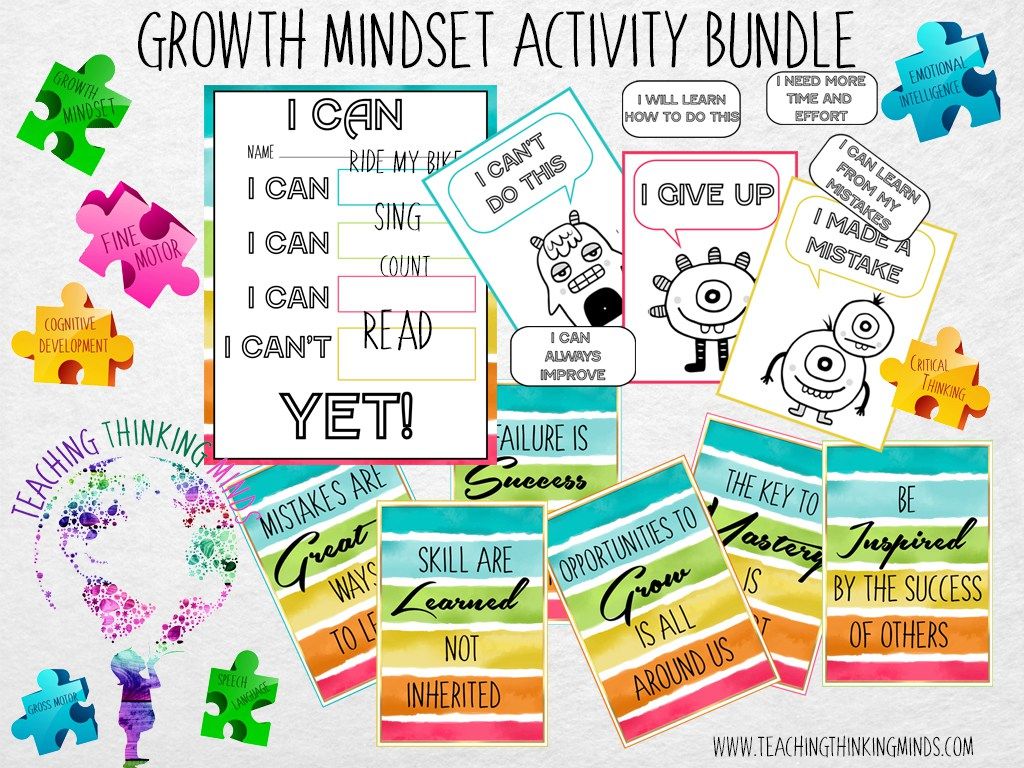
- Big Life Kids Podcast - listen to episodes 5 and 6 (they accompany chapter three of the Big Life Journal)
READ
- Not Yet by Lisa Cox (ages 4-8)
- Flight School by Lita Judge (ages 4-8)
WATCH
- Janelle Monae “The Power of Yet” (Sesame Street, 2015) (2.5 minutes)
- C.J. Luckey - The Power of Yet by Andre Kahmeyer (4 minutes)
WEEK FOUR: PRACTICE IT
Having a growth mindset is all about effort, so what better way to teach it than through practice, practice, practice?
Step 1: Praise for a Growth MindsetPraise for perseverance in problem-solving rather than being smart or talented. Connect positive results with effort rather than innate ability, and children will be more willing to take risks and value working hard. When you notice hard work or positive self-talk, make sure you tell them!
If you need some ideas on what to say, download our FREE Your Words Matter Kit.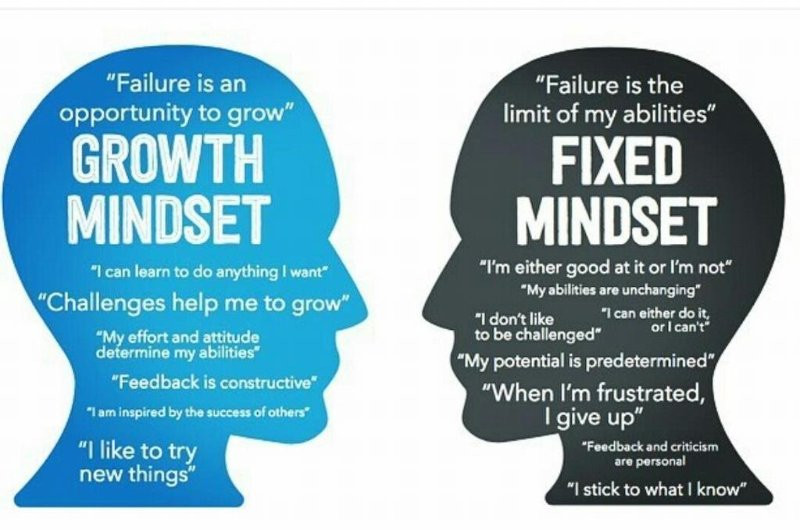 With these 10 popular parenting guides, you will know exactly how to speak to your children to help them develop confidence, internal motivation, and a can-do attitude.
With these 10 popular parenting guides, you will know exactly how to speak to your children to help them develop confidence, internal motivation, and a can-do attitude.
Step 2: Make It a Game
Introduce various games like the "Mystery Fun Game” (Growth Mindset Printables Kit) to make the learning fun.
Print out the Mystery Fun poster and write a mystery prize or activity on it (a trip to the zoo, favorite breakfast, popcorn party, etc.)
Next, cut out the growth mindset task squares ("Celebrated a mistake", "Used a YET!") and tape them over the mystery prize. Whenever someone completes a growth mindset task, remove a square.
When all the squares have been removed and the mystery prize is revealed -- it's time to celebrate!
Step 3: Encourage Productive Struggle
In the safe environment of your home or class, give children time to think through their challenges, brainstorm solutions, and seek help if needed. Grappling with a problem builds resilience, so give children time for reflection before jumping in to help or “save” them.
Grappling with a problem builds resilience, so give children time for reflection before jumping in to help or “save” them.
Use My Mighty Treasure Coins (Self-Esteem & Confidence Kit) to help your children or students understand the challenges they’re facing and practice finding ways to overcome them.
Step 4: Reframe Mistakes
Get excited when opportunities for growth occur! In a challenging moment, say things like, “This seems like an opportunity to grow our brains!” Create
an environment where setbacks are expected and even celebrated.
Step 5: Hit Pause
Exercising the brain can be difficult for children. When your child (or you) becomes frustrated, it’s okay to take a break. “It’s time to give our brains a little rest. We’ll come back to this tomorrow!”
Use the Brain Breaks Activities (Gratitude & Mindfulness Kit) if you feel a physical exercise could be beneficial in a moment of frustration.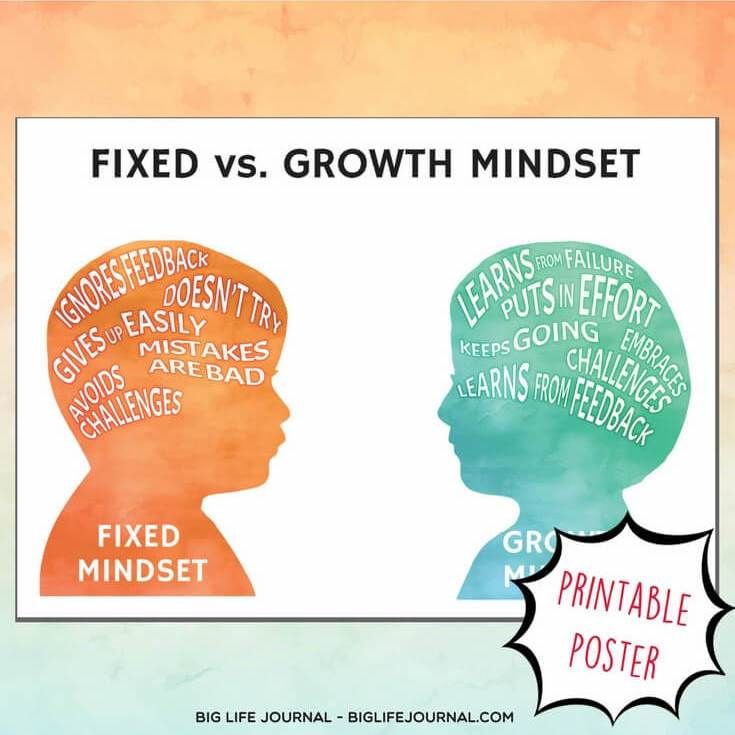
Being watchful of your own fixed mindset “triggers” can help with this process.
- Mystery Fun Game (Growth Mindset Printables Kit)
- My Mighty Treasure Coins (Self-Esteem & Confidence Kit)
- When I Make a Mistake Poem printable (Growth Mindset Printables Kit)
- Brain Breaks Activities (Gratitude & Mindfulness Kit)
- Big Life Journal - use chapter four “Be Grateful” to discuss how a growth mindset can also help us develop the desired qualities such as gratitude.
- Big Life Kids Podcast - listen to episodes 7 and 8 (they accompany chapter four of the Big Life Journal).
READ
- Mistakes That Worked by Charlotte Foltz Jones (ages 8-12)
- The Most Magnificent Thing by Ashley Spires (ages 3-7)
- How to Teach Problem Solving Skills to Children (article for adults)
- The Ultimate Guide to Praising Your Kids (article for adults)
Development of thinking in a child
This nuance in communicating with children will make them successful in the future
While expecting a child, many parents read various literature that comes to hand, about what can happen during pregnancy, how to properly raise a child, how to avoid dangers, and so on. But few people talk about one simple thing in raising children, which will help them become more successful in the future.
But few people talk about one simple thing in raising children, which will help them become more successful in the future.
Fixed thinking implies that our character, intelligence and creativity are static, given to us by nature.
The growth mindset is not afraid of challenges and sees failures not as proof of stupidity, but as a springboard for development and new opportunities.
What type of thinking develops in a person from early childhood determines his career, relationships and, in the end, the ability to be happy.
Here are simple examples of how these two kinds of thinking differ. It is necessary to praise the child not for talent, but for the ability to learn.
A child is reading a book to you:
- FIXED THINKING - “What a smart girl you are!”
- GROWTH THINKING — “How much you tried to learn like this, and this is the result you achieved! That's how you can!"
- FIXED THINKING — “What a clever girl I am growing! You can do everything!”
- GROWTH THINKING — “Oh, this is too easy for you, I should give you a harder puzzle.
 You seem to be learning so fast! And with a difficult task, you should do just as well!”
You seem to be learning so fast! And with a difficult task, you should do just as well!”
- FIXED THINKING - “Did you get a 4 on the test? Well done".
- GROWTH THINKING - "Did you get a 4 on the test? So you understand the topic well. I can bet that if you try to write this test again tomorrow, you will not make mistakes on the same questions and will definitely get 5!”
When you praise a child not for his talent, but for his diligence and ability to learn, you make him understand that he is not such a miracle from birth, but much can be achieved through hard work and perseverance. And that failures and failures are normal. The child's self-esteem does not fall, because he knows that everything depends on his efforts, and he has more than one chance to prove it.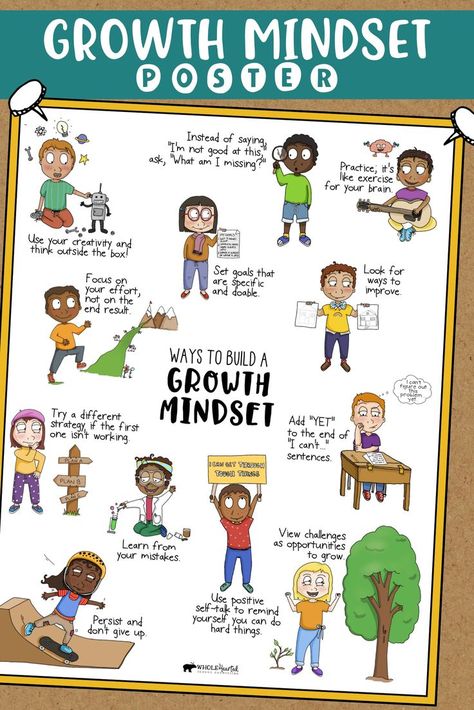
Dr. Dweck and her colleagues conducted a study on this topic: for two years they observed a group of seventh graders who were deliberately instilled with different types of thinking. Here are the results: for two years, the grades of the children did not change at all, everyone studied at the same level, but they pursued completely different goals at school.
The number one goal for fixed-minded children was to look smart in the eyes of others at all costs, and their behavior was aimed at eliminating the opposite cases. Children with a growth mindset were not afraid of failure, their main rule was to learn in any case and at any cost.
Who will find it easier to survive life's trials and develop, the conclusion is obvious. So think about what kind of mindset you are instilling in your child. This is a really important detail of the upbringing process, it should not be overlooked.
5.00 of 5 - 1 votes
Thank you for rating this article.
Growth mindset is the foundation of child development - Child development
Parenting goals are generally universal: we want (a) our children to grow up to be happy, healthy and well-adjusted individuals and (b) that they succeed in whatever they do. undertakings. We want to do our best to help them with this. However, according to experts, many of the methods we use for this purpose are actually harmful to children. After all, often the messages that we send to kids contradict our intentions!
Psychologists have come up with a profound idea. Like many deep ideas, it is very simple and goes like this: Most people have one of two types of mindset - a fixed mindset or a growth mindset.
Fixed mindset is a mindset that is based on the belief that our personality, traits, talents, abilities, and intelligence are completely fixed. We are either smart or stupid. We are either talented in something (art, music, sports, mathematics, logic, etc.) or we are not.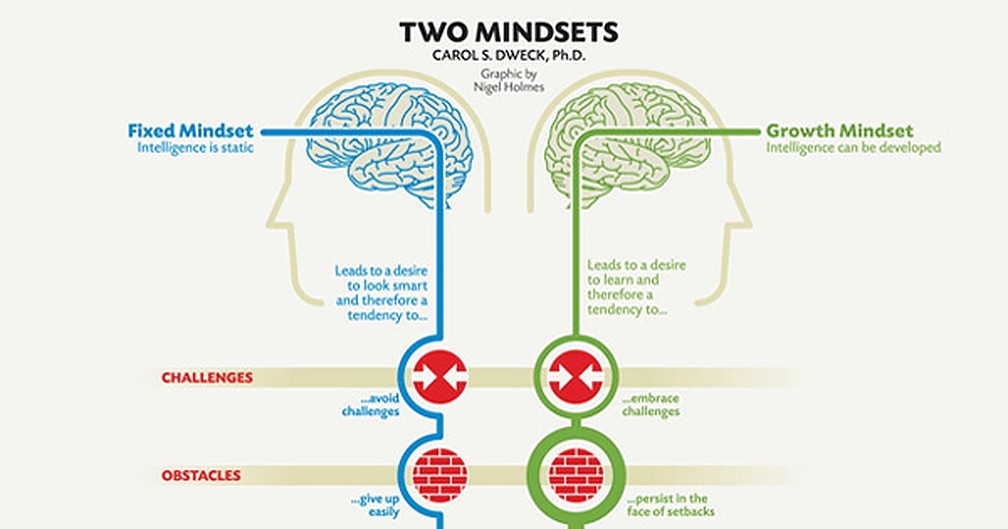 There is a certain number of talented people in the world whom others admire from the outside. Fixed thinking allows for statements such as: “He will never learn to dance, no matter how hard he tries. He's too clumsy" or "She has a light hand - everything she touches blossoms", or "She can't fry an egg without starting a fire" and so on.
There is a certain number of talented people in the world whom others admire from the outside. Fixed thinking allows for statements such as: “He will never learn to dance, no matter how hard he tries. He's too clumsy" or "She has a light hand - everything she touches blossoms", or "She can't fry an egg without starting a fire" and so on.
Growth mindset is the exact opposite mindset that reflects our belief that a person can do anything. Through perseverance and effort, any of us can become whoever we want to be. There are no smart or stupid people - there are only those who have unlocked the potential of their intellect, and those who have not yet done so. There are no talented and geniuses, there are only very hardworking people who decide to take their abilities to a higher level. There is no need to stand back and admire anyone - anyone can turn themselves into such a person if they are truly passionate about something and are willing to put in the effort.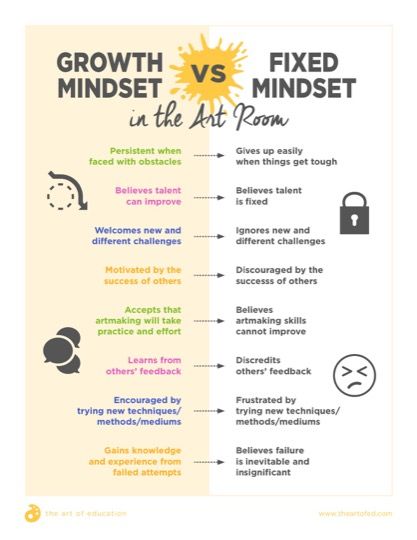 Anyone can learn to dance, plant plants, or cook.
Anyone can learn to dance, plant plants, or cook.
How thinking affects our lives
As you might guess, our thinking is a kind of glasses through which we view our world. The prevailing type of thinking affects our every thought and action. Let's look at how different ways of thinking view success and failure.
People with a fixed mindset consider themselves capable in one area or another, which means that every little success confirms their opinion of themselves, and every little failure is experienced by them very painfully, undermining self-confidence. Therefore, they feel the need to look smart at all costs. Success makes them swell with pride. When they fail, the opposite happens.
Therefore, as soon as such people encounter failure, they desperately try to find someone or something to shift the blame for their failure, and constantly make excuses. Since any success or failure is very closely related to their ambition, fixed mindsets tend to have an irrational fear of failure and tend to rarely take risks. In turn, this limits the level of success they can potentially achieve. If they become successful, the resulting success is hard-won and carefully guarded by them.
In turn, this limits the level of success they can potentially achieve. If they become successful, the resulting success is hard-won and carefully guarded by them.
People with a growth mindset believe that success is the result of effort rather than raw talent. Therefore, such people work hard to constantly grow and improve. Success is earned by them and never taken for granted. On the other hand, they see failures as inevitable “side effects” of doing something. Therefore, they treat failures as opportunities for further improvement.
Because they view success and failure as separate events that are not directly related to their personality, growth mindsets tend to accept success with humility and deal with failure gracefully.
Here are some other examples of how fixed and growth mindsets affect our lives in certain situations.
| Situation | People reaction fixed mindset | People reaction growth mindset |
| Collision with something unknown | As a rule, they prefer to stay away from unfamiliar situations and do not want to take risks in order not to fail. and the discomfort that accompanies them all the way until the end | They are better able to assess a situation based on its specific characteristics and more objectively decide whether to get involved or not. If they do intervene, such people are able to lean more comfortably on the uncertainty of the situation, cope with failures and eventually achieve the desired result |
| When efforts are required | They just smile. Because smart and talented people does not need to make any effort. The result should come naturally | They roll up their sleeves and get down to business. Because everything worth striving for requires effort |
| Reaction to criticism | They snap. | They take a deep breath and find peace. Then the criticism is evaluated according to different criteria. If it is groundless, they dismiss it and continue their work. If criticism contains a rational grain, they accept it as an objective assessment and try to learn lessons for themselves |
| In the classroom/learning environment | They don't ask questions that might make them look stupid. On the other hand, they are constantly asking questions that show that they have learned the material better than other students. The goal is to look smart at all costs | If they don't understand the material, they don't hesitate to ask questions, whether they look smart or stupid. Understanding the material is much more important to them. asking certain questions. |
What this means to us
The examples above clearly show that:
- We want to raise our children with a growth mindset. As parents, we don't just want our children to be successful... we want them to enjoy the process of being successful. We also want them to be persistent in their achievements and cope with any setbacks along the way. And when they finally become successful, we want them to feel a sense of deep fulfillment and fulfillment, not growing fear, paranoia, arrogance, or complacency.
- We cannot raise our children with a growth mindset unless we ourselves have it. Obviously, this condition is mandatory, right? It's sad, but some of us are inherently fixed mindsets. And if we don't first change our own mindset, we won't be able to instill a growth mindset in our children.

Ask yourself the following questions. Have you ever looked at your children's behavior in terms of how good a parent you are? Do you experience self-doubt when you fail as a parent and some random person gives you their “view”? When children misbehave, does it make you want to "tame" them? Do you find it difficult to refuse persuasion and look for ways to motivate your children?
Well, that's fixed thinking in action. However, you are not alone. Nobody is born perfect. No one has the perfect mindset (yet).
So, we found that we need to strive for two goals: (a) develop a growth mindset in ourselves and (b) educate a growth mindset in children.
Four Steps to Developing a Growth Mind:
- Step #1: Learn to hear the “voice” of fixed thinking.
- Step #2: realize that you have a choice.
- Step #3: Respond to fixed thinking with the "voice" of growth thinking.
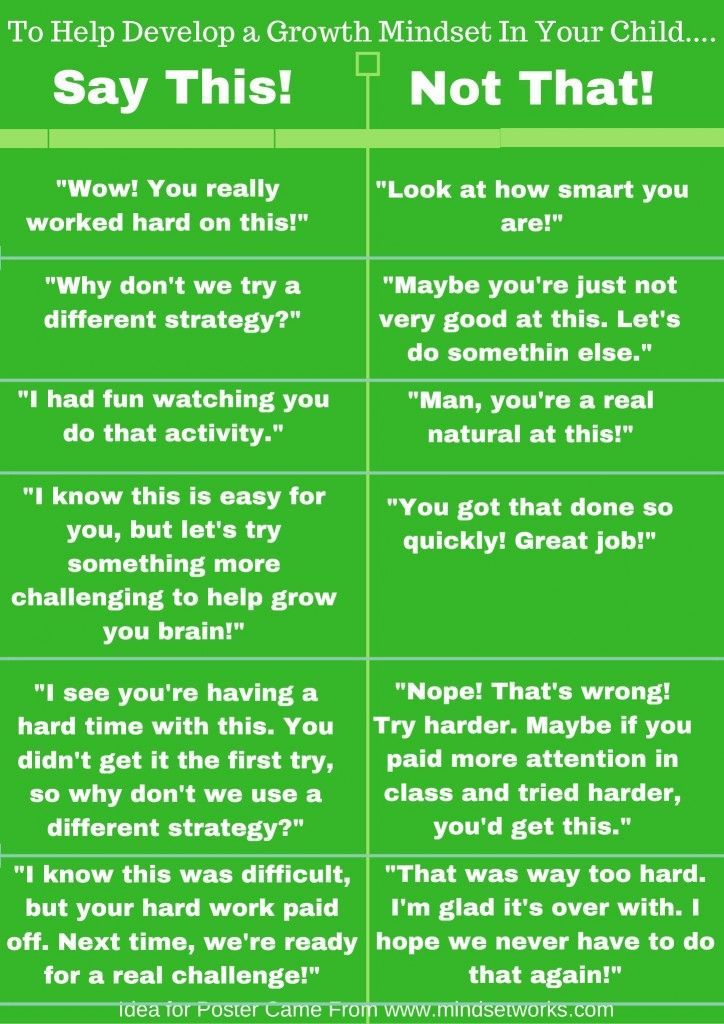
Learn more

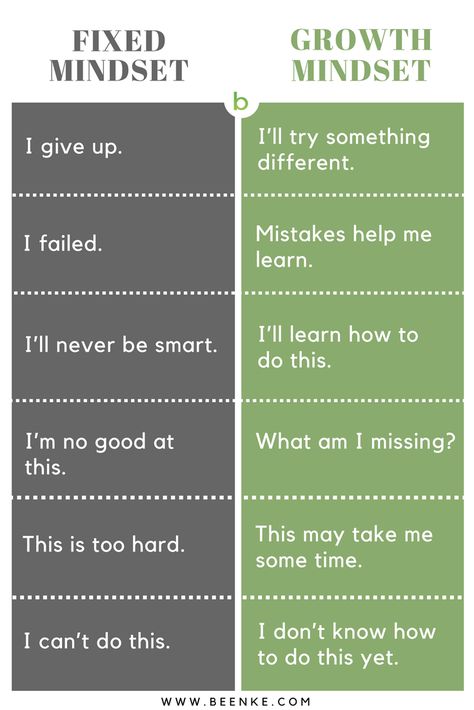 Or they can get involved in a situation with feigned bravado, while feeling a slight malaise
Or they can get involved in a situation with feigned bravado, while feeling a slight malaise  Everyone denies. They try to get rid of the source of criticism. Criticism generates in such people a deep fear: "I'm not so capable"
Everyone denies. They try to get rid of the source of criticism. Criticism generates in such people a deep fear: "I'm not so capable"  Most often, such students do not even have an idea of how stupid or smart they look,
Most often, such students do not even have an idea of how stupid or smart they look, 
